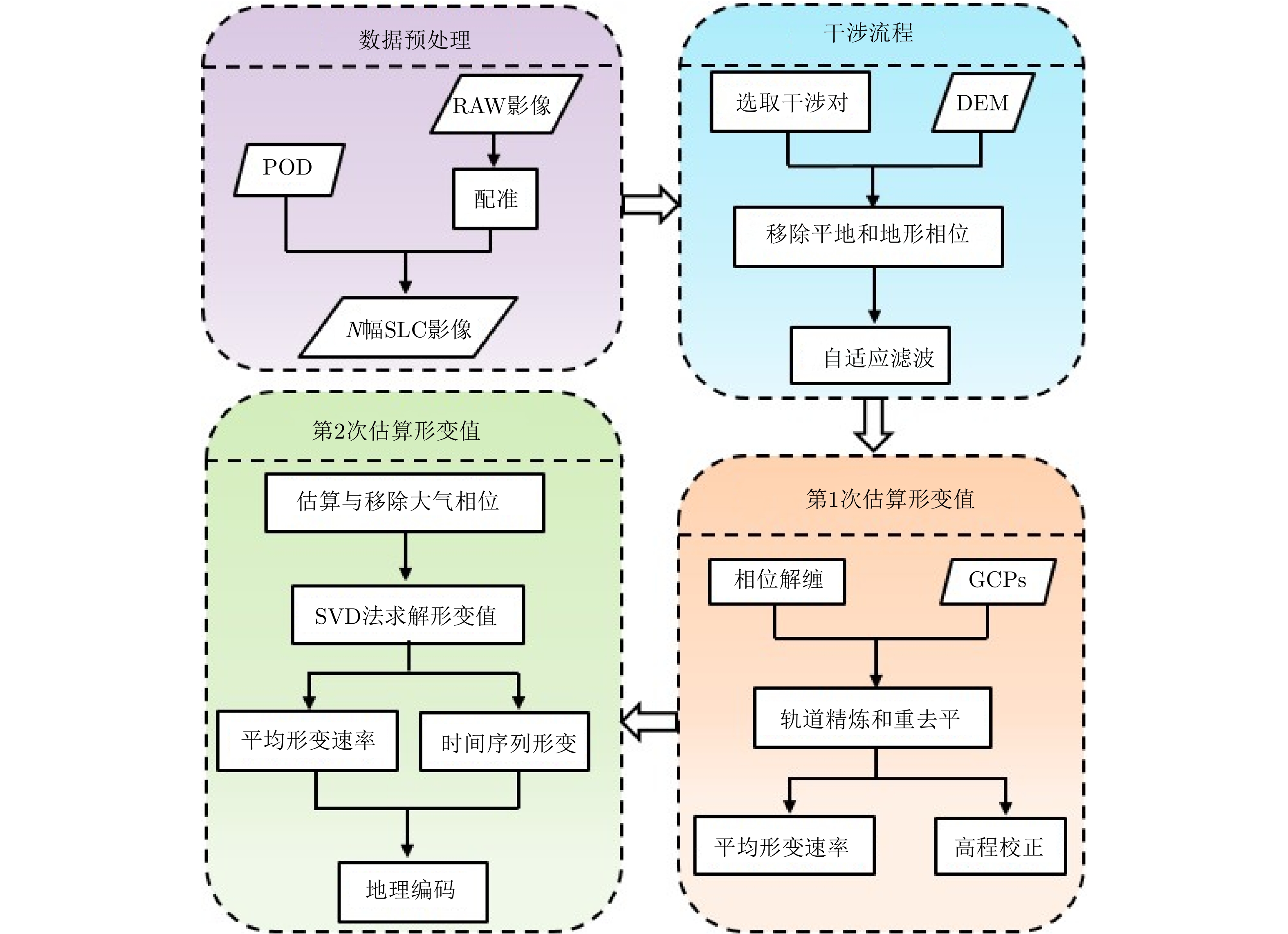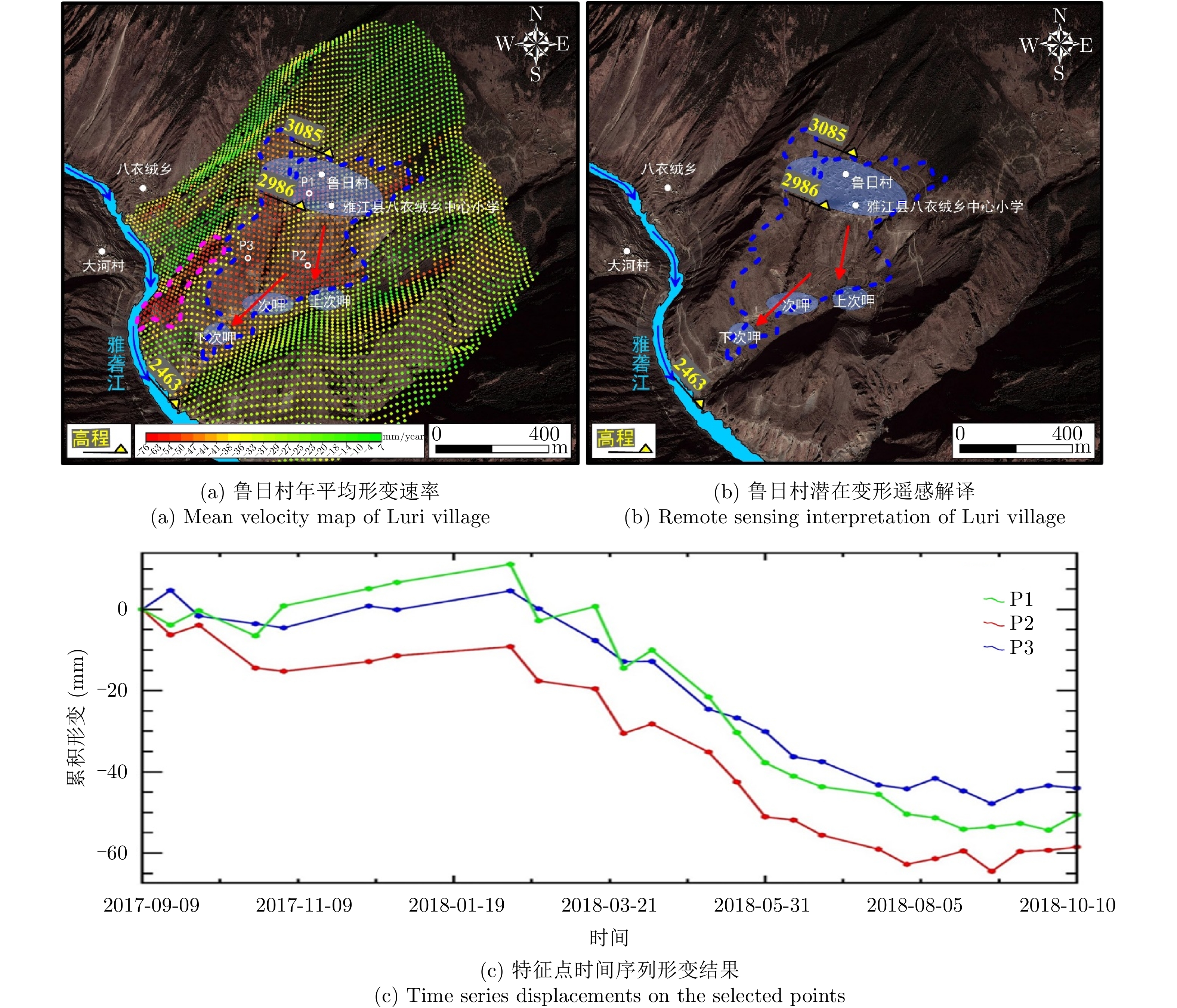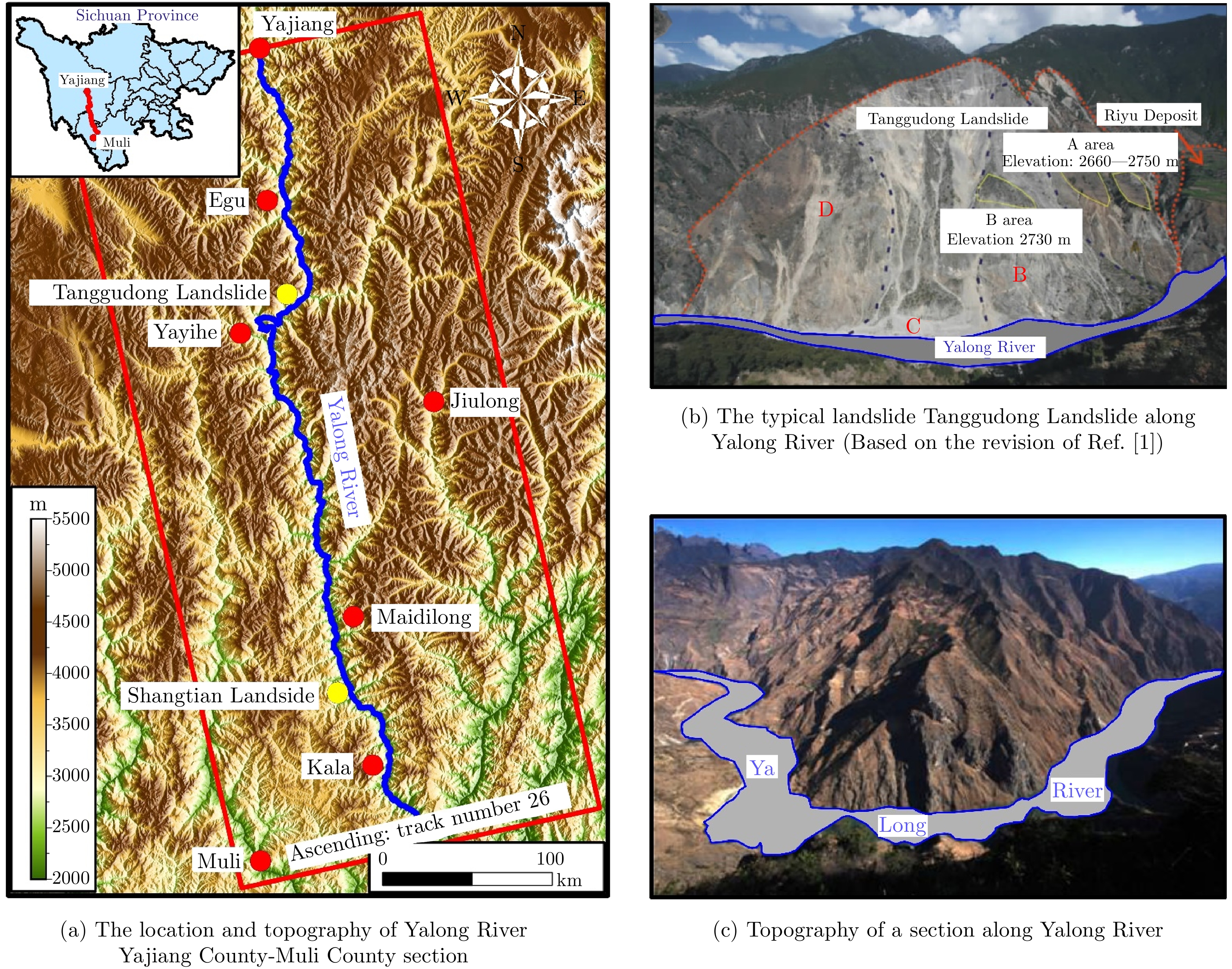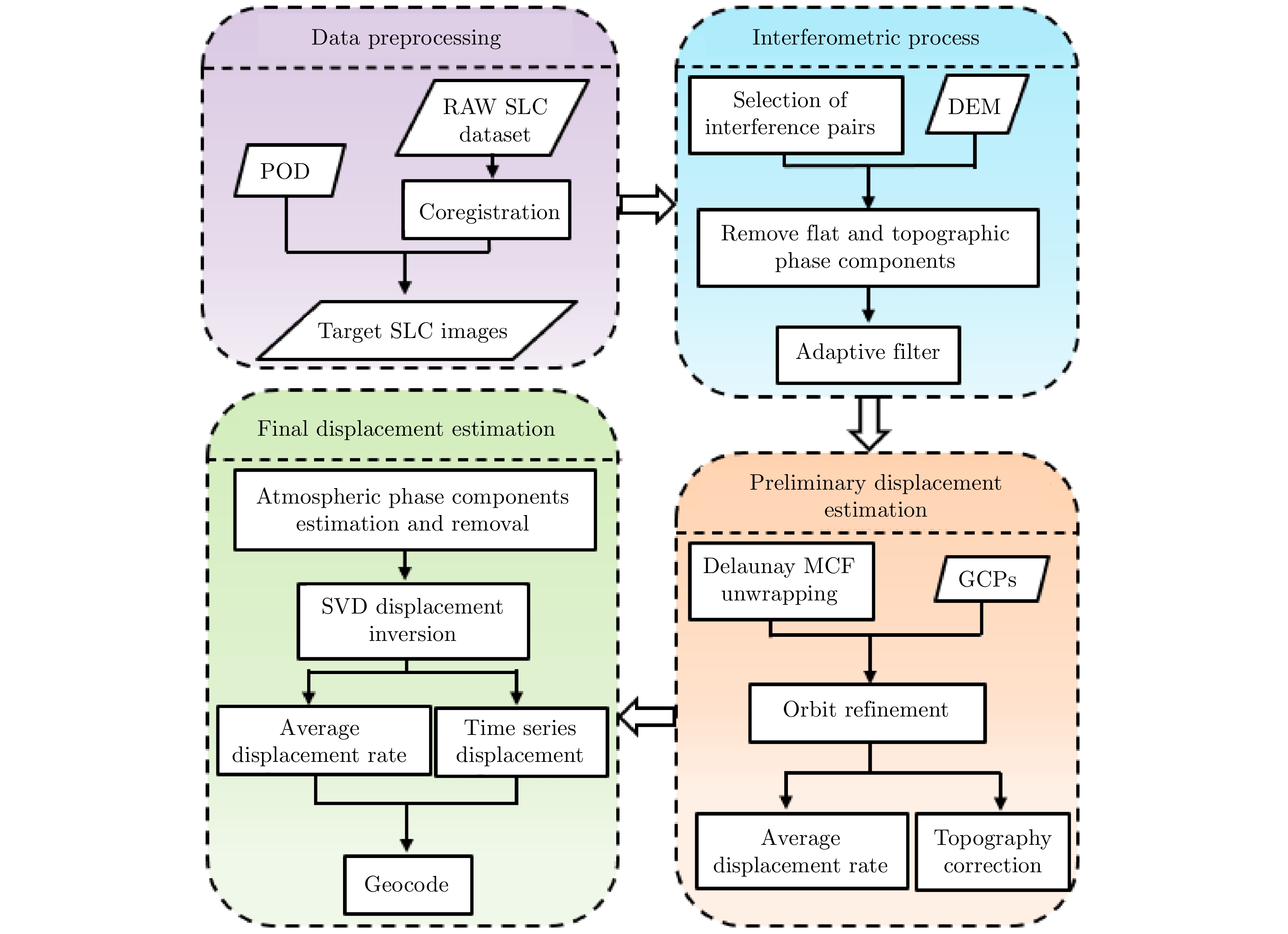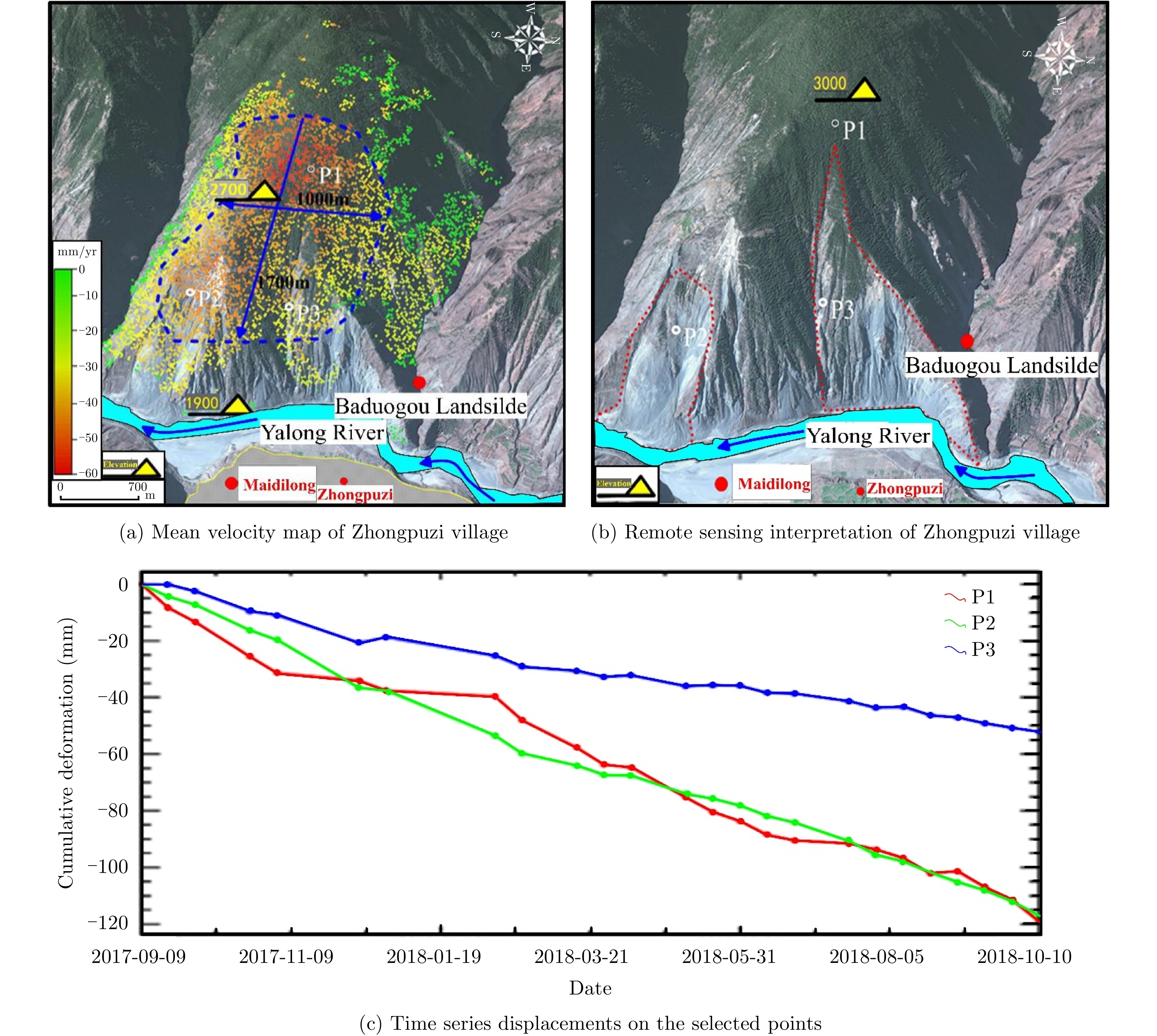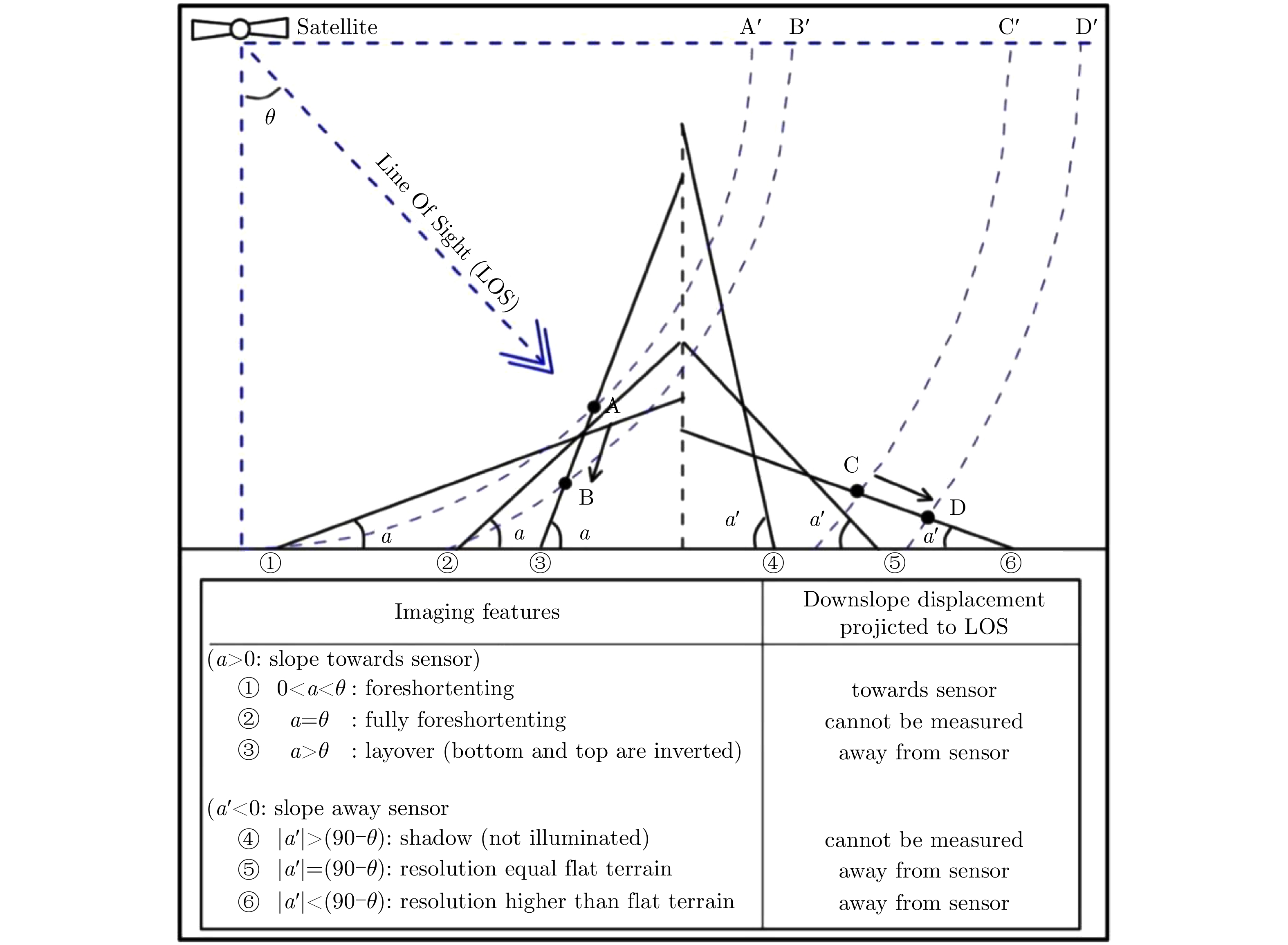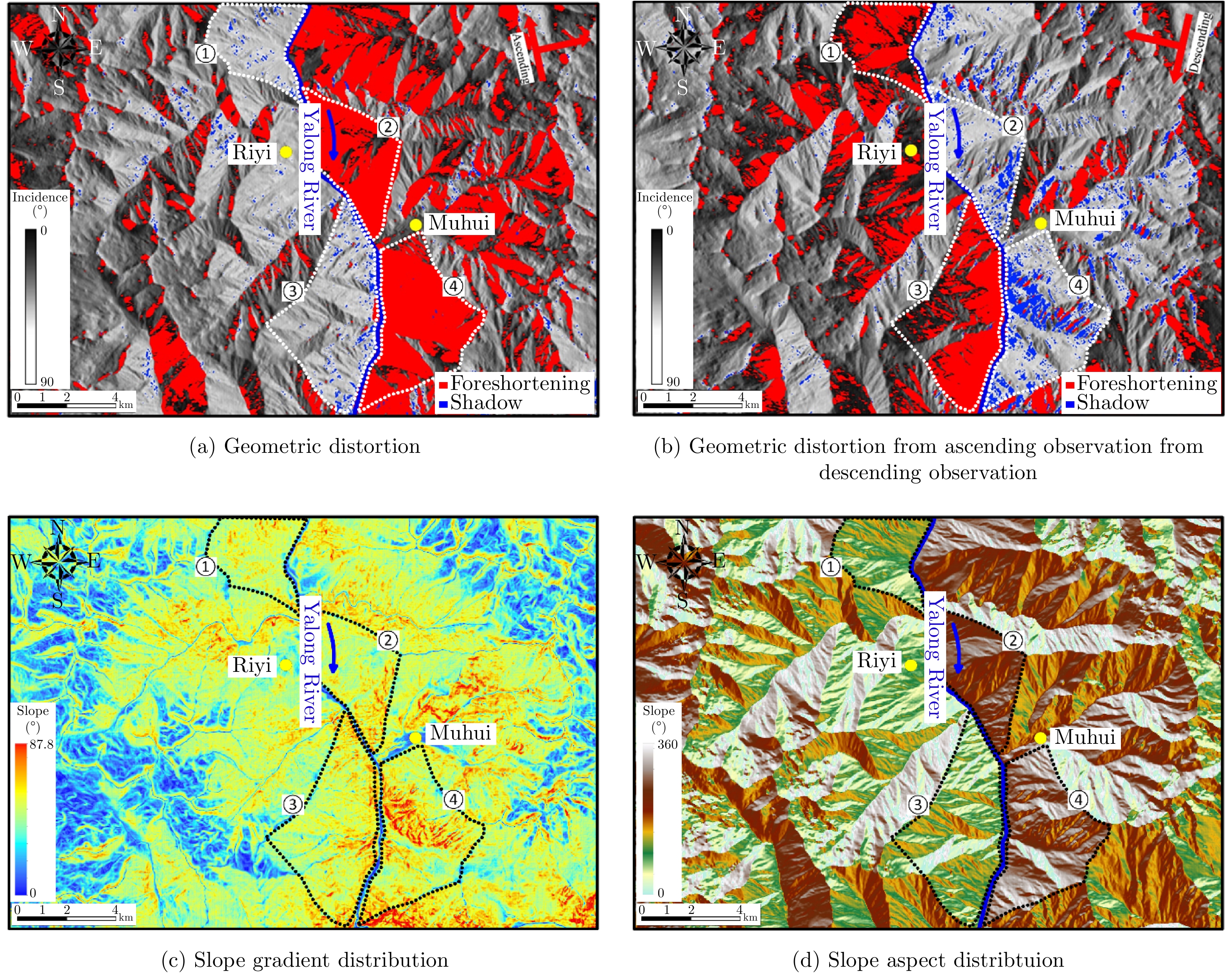| [1] |
刘哲. 基于GIS的雅砻江流域麦地龙—卡拉段地质灾害危险性评价[D]. [硕士论文], 成都理工大学, 2015.
LIU Zhe. Hazard assessment of geological disasters in the Yalong River basin from the Maidilong to Kala based on GIS[D]. [Master dissertation], Chengdu University of Technology, 2015.
|
| [2] |
CHANG Xiaojun, WEI Lunwu, and WANG Dewei. Distribution characteristics and influencing factors of geological hazards in Yalong River basin[J]. Journal of Catastrophology, 2009, 24(3): 83–88. doi: 10.3969/j.issn.1000-811X.2009.03.017 |
| [3] |
WANG Kongwei, DENG Chengjin, and ZHANG Fan. Formation process of Tanggudong landslide and Yuri accumulation body in Yalong River valley in southwest China[J]. Journal of Engineering Geology, 2012, 20(6): 955–970. doi: 10.3969/j.issn.1004-9665.2012.06.007 |
| [4] |
LIANG Ruifeng, YANG Min, YANG Shuancheng, et al. Distribution characteristics and influencing factors analysis of geological disasters in Kala section along Yalong River[J]. Pearl River, 2016, 37(11): 13–17. doi: 10.3969/j.issn.1001-9235.2016.11.003 |
| [5] |
陆会燕, 李为乐, 许强, 等. 光学遥感与InSAR结合的金沙江白格滑坡上下游滑坡隐患早期识别[J]. 武汉大学学报: 信息科学版, 2019, 44(9): 1342–1354.
LU Huiyan, LI Weile, XU Qiang, et al. Early detection of landslides in the upstream and downstream areas of the Baige Landslide, the Jinsha River based on optical remote sensing and InSAR technologies[J]. Geomatics and Information Science of Wuhan University, 2019, 44(9): 1342–1354.
|
| [6] |
葛大庆, 戴可人, 郭兆成, 等. 重大地质灾害隐患早期识别中综合遥感应用的思考与建议[J]. 武汉大学学报: 信息科学版, 2019, 44(7): 949–956.
GE Daqing, DAI Keren, GUO Zhaocheng, et al. Early identification of serious geological hazards with integrated remote sensing technologies: Thoughts and recommendations[J]. Geomatics and Information Science of Wuhan University, 2019, 44(7): 949–956.
|
| [7] |
XIA Y. CR-based SAR-interferometry for landslide monitoring[C]. 2008 IEEE International Geoscience and Remote Sensing Symposium, Boston, USA, 2008. doi: 10.1109/IGARSS.2008.4779226. |
| [8] |
王腾. 时间序列InSAR数据分析技术及其在三峡地区的应用[D]. [博士论文], 武汉大学, 2010.
WANG Teng. Time series InSAR analysis over the Three Gorges Region: Techniques and applications[D]. [Ph. D. dissertation], Wuhan University, 2010.
|
| [9] |
XU Qiang, YUAN Yong, ZENG Yuping, et al. Some new pre-warning criteria for creep slope failure[J]. Science China Technological Sciences, 2011, 54(1): 210–220. doi: 10.1007/s11431-011-4640-5 |
| [10] |
戴可人, 卓冠晨, 许强, 等. 雷达干涉测量对甘肃南峪乡滑坡灾前二维形变追溯[J]. 武汉大学学报: 信息科学版, 2019, 44(12): 1778–1786, 1796.
DAI Keren, ZHUO Guanchen, XU Qiang, et al. Tracing the pre-failure two-dimensional surface displacements of Nanyu landslide, Gansu province with radar interferometry[J]. Geomatics and Information Science of Wuhan University, 2019, 44(12): 1778–1786, 1796.
|
| [11] |
DONG Jie, ZHANG Lu, TANG Minggao, et al. Mapping landslide surface displacements with time series SAR interferometry by combining persistent and distributed scatterers: A case study of Jiaju landslide in Danba, China[J]. Remote Sensing of Environment, 2018, 205: 180–198. doi: 10.1016/j.rse.2017.11.022 |
| [12] |
张毅. 基于InSAR技术的地表变形监测与滑坡早期识别研究—以白龙江流域中游为例[D]. [博士论文], 兰州大学, 2018.
ZHANG Yi. Detecting ground deformation and investigating landslides using InSAR technique—taking middle reach of Bailong River basin as an example[D]. [Ph. D. dissertation], Lanzhou University, 2018.
|
| [13] |
张路, 廖明生, 董杰, 等. 基于时间序列InSAR分析的西部山区滑坡灾害隐患早期识别—以四川丹巴为例[J]. 武汉大学学报: 信息科学版, 2018, 43(12): 2039–2049. doi: 10.13203/j.whugis20180181ZHANG Lu, LIAO Mingsheng, DONG Jie, et al. Early detection of landslide hazards in mountainous areas of west China using time series SAR interferometry—a case study of Danba, Sichuan[J]. Geomatics and Information Science of Wuhan University, 2018, 43(12): 2039–2049. doi: 10.13203/j.whugis20180181 |
| [14] |
张亚迪, 李煜东, 董杰, 等. 时序InSAR技术探测芒康地区滑坡灾害隐患[J]. 遥感学报, 2019, 23(5): 987–996.
ZHANG Yadi, LI Yudong, DONG Jie, et al. Landslide hazard detection in Markam with time-series InSAR analyses[J]. Journal of Remote Sensing, 2019, 23(5): 987–996.
|
| [15] |
DAI Keren, CHEN Gang, XU Qiang, et al. Potential landslide early detection near Wenchuan by a qualitatively multi-baseline DInSAR method[C]. ISPRS Technical Commission III Midterm Symposium on "Developments, Technologies and Applications in Remote Sensing", Beijing, China, 2018: 253–256.
|
| [16] |
LI Zhenhong, SONG Chuang, YU Chen, et al. Application of satellite radar remote sensing to landslide detection and monitoring: challenges and solutions[J]. Geomatics and Information Science of Wuhan University, 2019, 44(7): 967–979. doi: 10.13203/j.whugis20190098 |
| [17] |
冷伦, 冷荣梅. 雅砻江垮山洪水和历史的教训[J]. 四川水利, 2002, 23(2): 42–44.
LENG Lun and LENG Rongmei. Mountain slide flood in Yalong river and historical lesson[J]. Sichuan Water Conservancy, 2002, 23(2): 42–44.
|
| [18] |
伍超, 冉洪兴, 郑永红, 等. 雅砻江唐古栋垮山堵江溃决洪水过程研究[J]. 水动力学研究与进展, 1999, 11A: 646–652.
WU Chao, RAN Hongxing, ZHENG Yonghong, et al. Hydrograph of the dam-break flood of the reservoir formed by mountain collapse in Ya Longjiang[J]. Journal of Hydrodynamics, 1999, 11A: 646–652.
|
| [19] |
武运泊. 雅砻江卡拉地区滑坡发育规律与成因机制分析[D]. [硕士论文], 成都理工大学, 2015.
WU Yunbo. Analysis of development law and genetic mechanism of the landsides in Kala area, Yalong River[D]. [Master dissertation], Chengdu University of Technology, 2015.
|
| [20] |
HUANG Runqiu. Large-scale landslides and their sliding mechanisms in China since the 20 th century[J]. Chinese Journal of Rock Mechanics and Engineering, 2007, 26(3): 433–454. doi: 10.3321/j.issn:1000-6915.2007.03.001 |
| [21] |
BERARDINO P, FORNARO G, LANARI R, et al. A new algorithm for surface deformation monitoring based on small baseline differential SAR interferograms[J]. IEEE Transactions on Geoscience and Remote Sensing, 2002, 40(11): 2375–2383. doi: 10.1109/TGRS.2002.803792 |
| [22] |
DAI Keren, LI Zhenhong, TOMÁS R, et al. Monitoring activity at the Daguangbao mega-landslide (China) using Sentinel-1 TOPS time series interferometry[J]. Remote Sensing of Environment, 2016, 186: 501–513. doi: 10.1016/j.rse.2016.09.009 |
| [23] |
COLESANTI C and WASOWSKI J. Investigating landslides with space-borne Synthetic Aperture Radar (SAR) interferometry[J]. Engineering Geology, 2006, 88(3/4): 173–199.
|
| [24] |
DAI Keren, LI Zhenhong, XU Qiang, et al. Entering the era of earth observation-based landslide warning systems: A novel and exciting framework[J]. IEEE Geoscience and Remote Sensing Magazine, 2020, 8(1): 136–153. doi: 10.1109/MGRS.2019.2954395 |




 Submit Manuscript
Submit Manuscript Peer Review
Peer Review Editor Work
Editor Work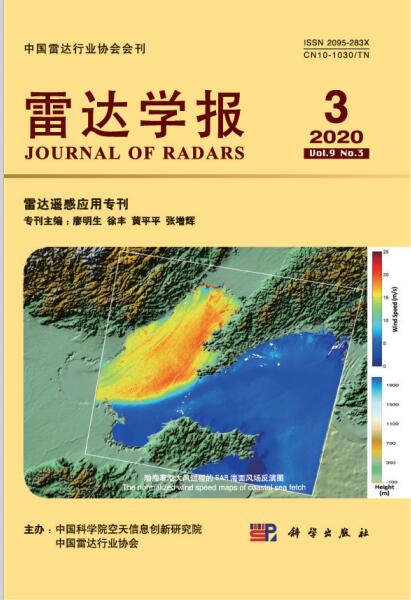

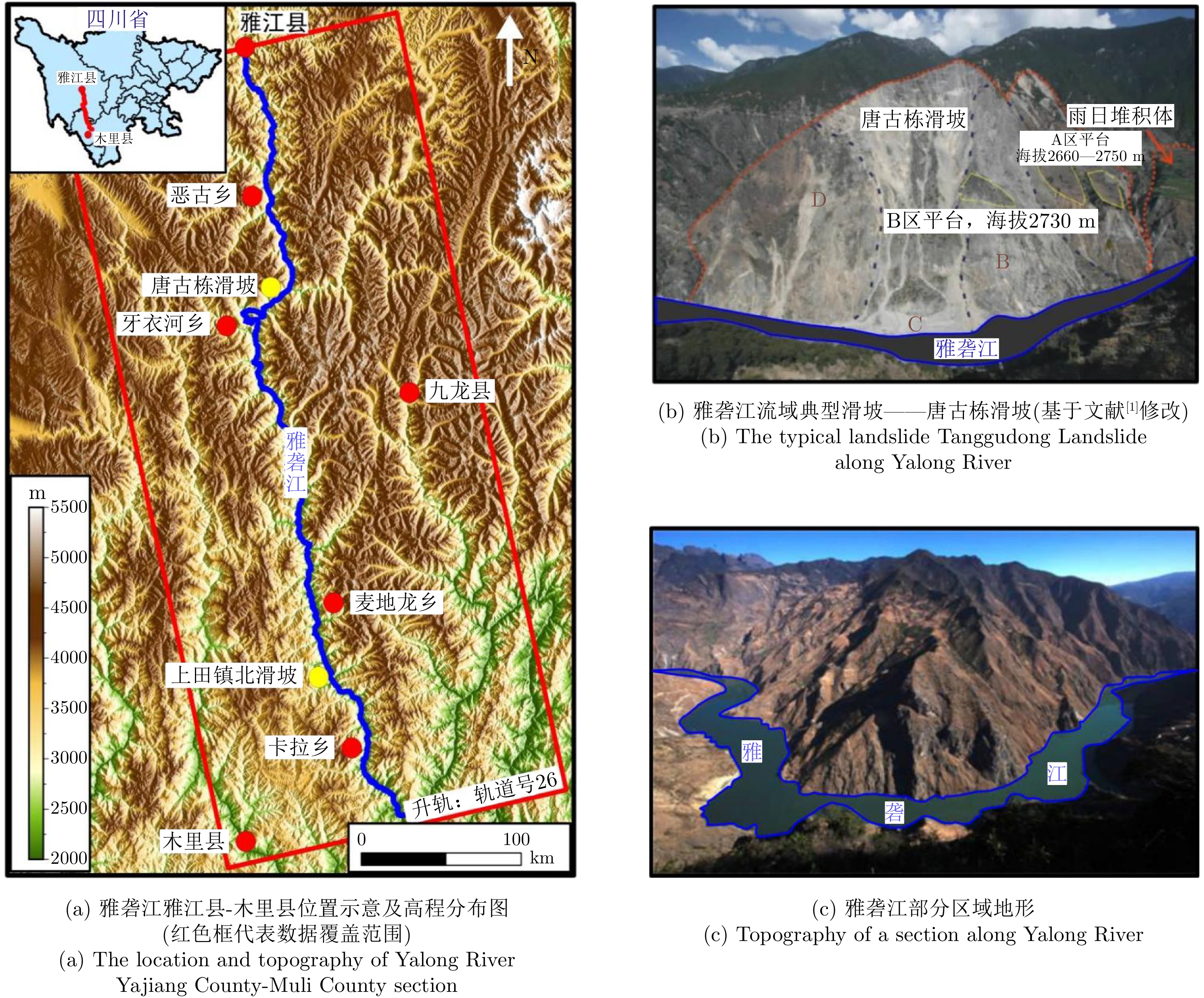



 DownLoad:
DownLoad:

